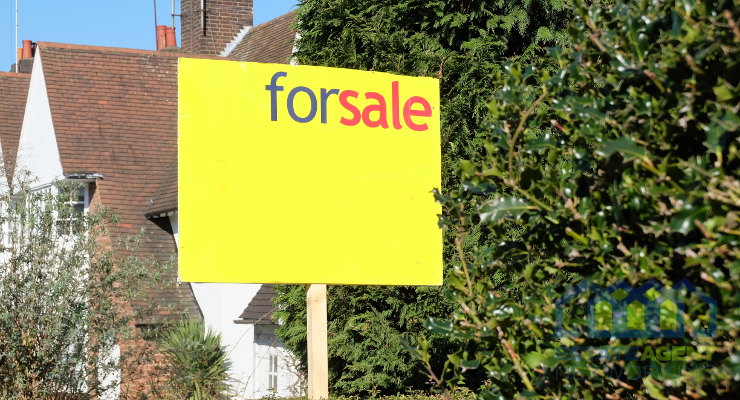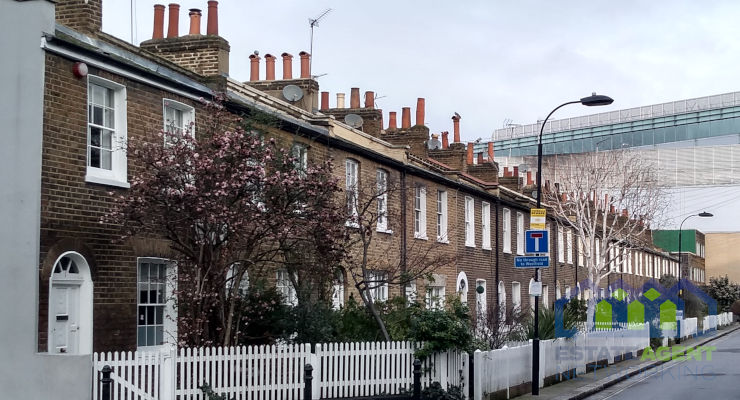4 Common Reasons Why Slip and Fall Accidents Happen
Slip and fall accidents are among the leading causes of personal injury claims today. These accidents can happen almost anywhere, from job sites to retail stores and even at home.
Knowing the common causes can help individuals take steps to prevent these incidents and hold the responsible parties accountable.
If you do find yourself in such a situation, slip and fall accident attorneys can provide valuable support. As one of the top personal injury law firms, High Stakes Injury Law deals with all types of motor vehicle accidents, medical malpractice cases, dog bites, and more, in addition to slip and fall cases. The firm has been helping accident victims for over 15 years.
Here are four common reasons why slip and fall accidents occur.
1. Wet or Slippery Surfaces
Slippery or wet surfaces can be considered one of the leading single causes for slip and fall accidents. The typical examples include:
- Spills: Food, drinks, and cleaning agent spills may pose dangers in a grocery store or a restaurant. When they are not cleaned up, they can cause accidents.
- Weather Conditions: Rain, snow, or ice can make sidewalks, parking lots, and entrances so slippery that one misstep could be dangerous. Home and property owners should take necessary measures to eliminate these hazards by salting walkways or placing mats at building entrances.
Premises owners should inspect regularly and clean up spills to avoid accidents. They can also put up cautionary signs to inform customers of wet floors. Slip-resistant flooring can also help avoid the occurrence of accidents.
2. Uneven or Poorly Maintained Walking Surfaces
Uneven surfaces can create trip hazards that lead to falls. Examples include:
- Cracked Sidewalks: Sidewalks that are cracked or uneven can easily trip pedestrians, particularly if they are not clearly marked.
- Worn Carpeting: In commercial settings, frayed or bunched carpets can be tripping hazards.
Regular maintenance and inspections can identify issues before they become dangerous. Property owners should repair uneven surfaces, replace worn-out flooring, and ensure that transitions between different surfaces are smooth and clearly marked.
3. Obstacles in Pathways
Obstructions in walkways can create significant risks. Common issues include:
- Clutter: In busy environments like retail stores, items left in walkways can lead to trips. This can include boxes, display items, or equipment.
- Construction Zones: Worksites often have tools, materials, and debris that can obstruct pathways.
Establishing clear protocols for keeping walkways free of clutter is essential. Regular training for staff on maintaining a tidy environment and ensuring that construction sites are clearly marked and organized can help mitigate these risks.
4. Improper Lighting
Inadequate lighting can significantly increase the likelihood of slip and fall accidents. Key considerations include:
- Poorly Lit Areas: Dark hallways, stairwells, or parking lots can obscure potential hazards, making it difficult for individuals to navigate safely.
- Burnt-Out Bulbs: Regular maintenance is crucial to ensure that all light fixtures are functional. A single burnt-out bulb can create a dark spot that poses risks.
Property owners should invest in adequate lighting, especially in high-traffic areas. Motion-activated lights can enhance safety in parking lots and building entrances. Regular checks on lighting fixtures and prompt replacement of burnt-out bulbs can ensure visibility.
Conclusion
Slip and fall accidents can lead to serious injuries and significant medical expenses. Understanding the common reasons these incidents occur can help individuals take precautions and hold responsible parties accountable.
By addressing wet or slippery surfaces, maintaining even walking surfaces, keeping pathways clear of obstacles, and ensuring proper lighting, property owners can create safer environments for everyone.
If you or someone you know has been injured in a slip and fall accident, consulting with a personal injury attorney can provide guidance on potential claims and the legal process.









